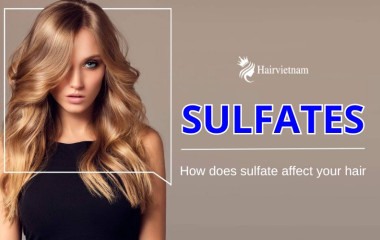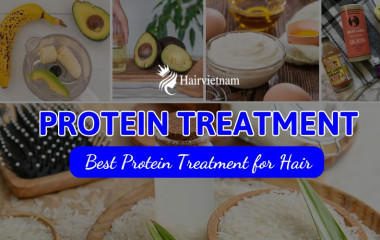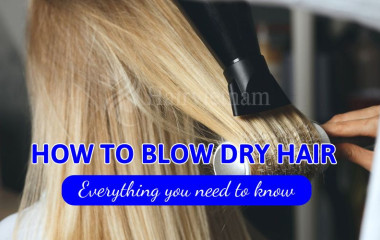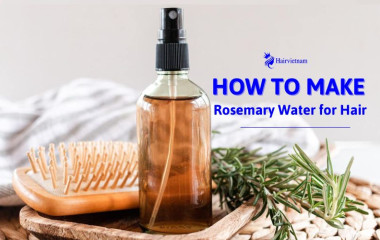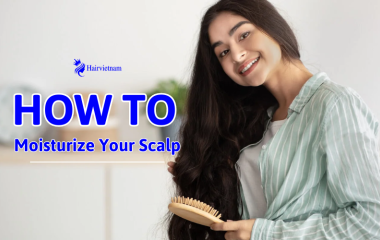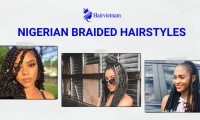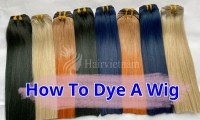Porosity Hair: Low vs High Porosity Hair Care
15/01/2024
Content
Curious about your hair's behavior? Find out what is low porosity hair. Take a closer look at your strands and get tip to maintain healthy, beautiful locks.
If you’ve ever wanted to know why your hair acts the way it does, knowing about its measure of porousness is essential. Hair with a tightly sealed cuticle layer that is highly resistant to absorption of moisture is usually referred to as low porosity hair. In this blog, we are going to find out what is low porosity hair, the difference between low vs high porosity hair and how to treat low hair porosity.
Effective hair care routines depend on a proper understanding of these elements- your hair’s porosity. We strive to provide you with a detailed and practical guide that will empower you from product selection to styling techniques for better care of your low porosity locks. Read on to learn more.
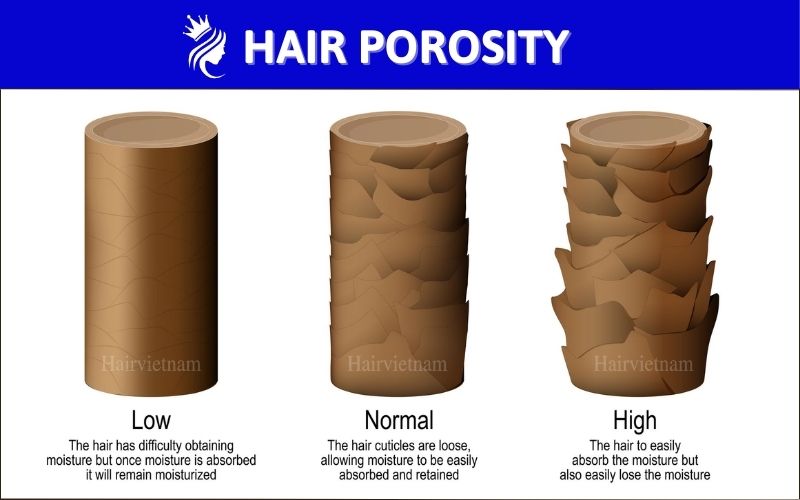
What is low porosity hair? Low porosity is the state of a material such as hair or soil with deeply close and seal structures that prevent it from taking in moisture. Low porosity hair refers to the kind of hair that has tightly packed cuticles, the outer part of a hair shafts, which makes it difficult for water and other substances to penetrate. This can lead to slow absorption of moisture and poor product absorptions that need special care regimes to improve hydration.
It is essential to know about the porosity of hair as it is a helpful guide in choosing appropriate products for caring and styling low porosity hair and promoting its health.
Knowing and handling high porosity is vital in creating an appropriate hair care routine that prioritizes restoration of moisture and protection to have healthier, more manageable strands.
.jpg)
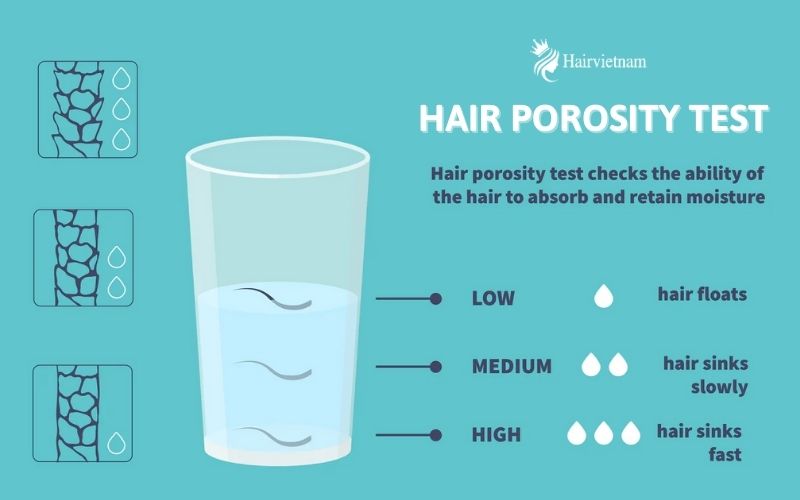
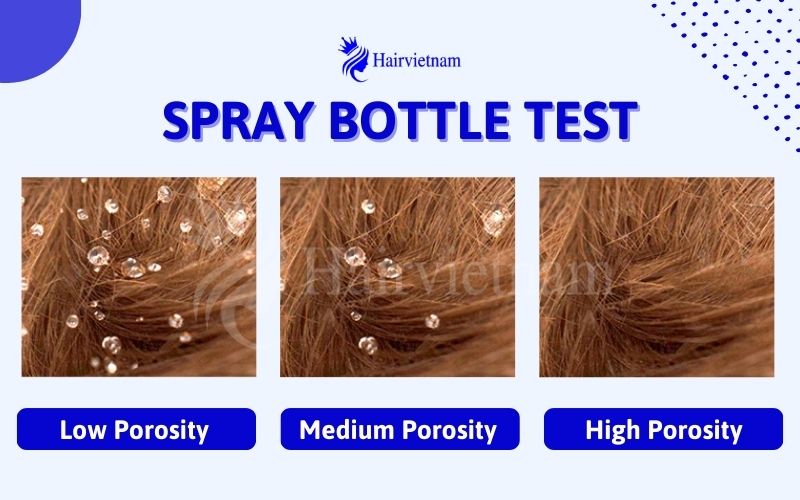

Tips on How to Care for Low Porosity Hair
If you’ve ever wanted to know why your hair acts the way it does, knowing about its measure of porousness is essential. Hair with a tightly sealed cuticle layer that is highly resistant to absorption of moisture is usually referred to as low porosity hair. In this blog, we are going to find out what is low porosity hair, the difference between low vs high porosity hair and how to treat low hair porosity.
Effective hair care routines depend on a proper understanding of these elements- your hair’s porosity. We strive to provide you with a detailed and practical guide that will empower you from product selection to styling techniques for better care of your low porosity locks. Read on to learn more.

1. What is Low Porosity Hair?
Do you need to know what is hair porosity? Hair porosity is the ability of the hair to absorb and retain moisture. It depends on the state of the hair’s cuticle – this is the outermost layer of each individual strand. The porosity of the cuticle is low, normal or high.What is low porosity hair? Low porosity is the state of a material such as hair or soil with deeply close and seal structures that prevent it from taking in moisture. Low porosity hair refers to the kind of hair that has tightly packed cuticles, the outer part of a hair shafts, which makes it difficult for water and other substances to penetrate. This can lead to slow absorption of moisture and poor product absorptions that need special care regimes to improve hydration.
It is essential to know about the porosity of hair as it is a helpful guide in choosing appropriate products for caring and styling low porosity hair and promoting its health.
2. What is High Porosity Hair?
High porosity hair is a condition where the hair strands are more open and loose, in an easy to absorb moisture and other substances. In this regard, the cuticles that act as the outer layer of the hair shaft are either raised or damaged and thus more prone to external influences. Also, such hair may have problems with color and holding onto style treatments.Knowing and handling high porosity is vital in creating an appropriate hair care routine that prioritizes restoration of moisture and protection to have healthier, more manageable strands.
3. Low vs High Porosity Hair
Knowing the porosity level of your hair will allow you to select suitable products and styling techniques that keep your hair healthy and easy to manage. Remember that personal experiences differ, some people might have a mixture of low and high porosity within the parts of their hair..jpg)
| Characteristics | Low Porosity Hair | High Porosity Hair |
| Cuticle Structure |
Tightly packed cuticles, difficult for moisture to penetrate.
|
Cuticles are open and raised, allowing moisture to enter easily.
|
| Moisture Absorption |
Resistant to moisture absorption, can be prone to product buildup.
|
Quick absorption of moisture, but may struggle to retain it.
|
| Styling |
Takes longer to dry when styling, products may sit on the hair surface.
|
Quick drying time, but may require more styling products.
|
| Product Absorption |
Products may sit on the hair surface, may require heat or specific products.
|
Products are quickly absorbed, may need less product quantity.
|
| Heat Styling |
Requires higher heat for effective styling due to resistance.
|
Sensitive to heat, may require lower temperatures to prevent damage.
|
| Chemical Treatments |
Chemicals may take longer to penetrate, slower processing time.
|
Chemicals may penetrate quickly, requiring shorter processing time.
|
| Shine |
Can appear shiny due to smooth cuticle surface.
|
May lack natural shine due to raised cuticles.
|
| Color Treatment |
Color may be resistant to uptake, slower processing time.
|
Color may be more easily absorbed, faster processing time.
|
| Frizz |
Less prone to frizz due to the cuticle's protective nature.
|
More prone to frizz due to open cuticles and moisture absorption.
|
4. How to Test Hair Porosity?
How to determine hair porosity? There are some ways to measure hair porosity? Hair porosity is a simple test where you basically evaluate how well your hair absorbs and retains water.4.1 The Float Test:
The float test is one frequent way to assess hair porosity. Start by taking a few hairs of clean hair and soaking them in water. Observe the hair's behavior. If the hair floats on the surface of water, it is considered to be low porosity. Low porosity hair is characterized by a tight cuticle layer that does not readily accept water.
4.2 The Slip 'n' Slide Test:
In another practical test, try sliding a strand of hair between your fingers. If the hair feels greased and slides off easily, it indicates low porosity. The tightly packed cuticle causes low porosity hair to repel water.4.3 The Spray Bottle Test:
Spray your hair with a spray bottle full of water. If the water beads up and does not absorb quickly, it shows that the porosity is low. When the hair is of low porosity, it hates water and does not absorb moisture well, the water only beads on its surface.
4.4 The Strand Test:
Look closely at one hair strand. If it is rough and coarse, this indicates high porosity.4.5 The Wet Feel Test:
Assess the way your hair feels after washing. If it feels mushy and overly soft, then it is high porosity. There is high porosity hair which absorbs water fast but may find holding it quite hard hence results in a mushy feel.Learn More: What Is Virgin Hair?
5. Tips on How to Care for Low Porosity Hair
Some tips on how to treat low porosity hair are below. This is a highly personalized approach, and it might be useful to look at HaiVietnam Extension for some alternative means of resolving issues.
Tips on How to Care for Low Porosity Hair





